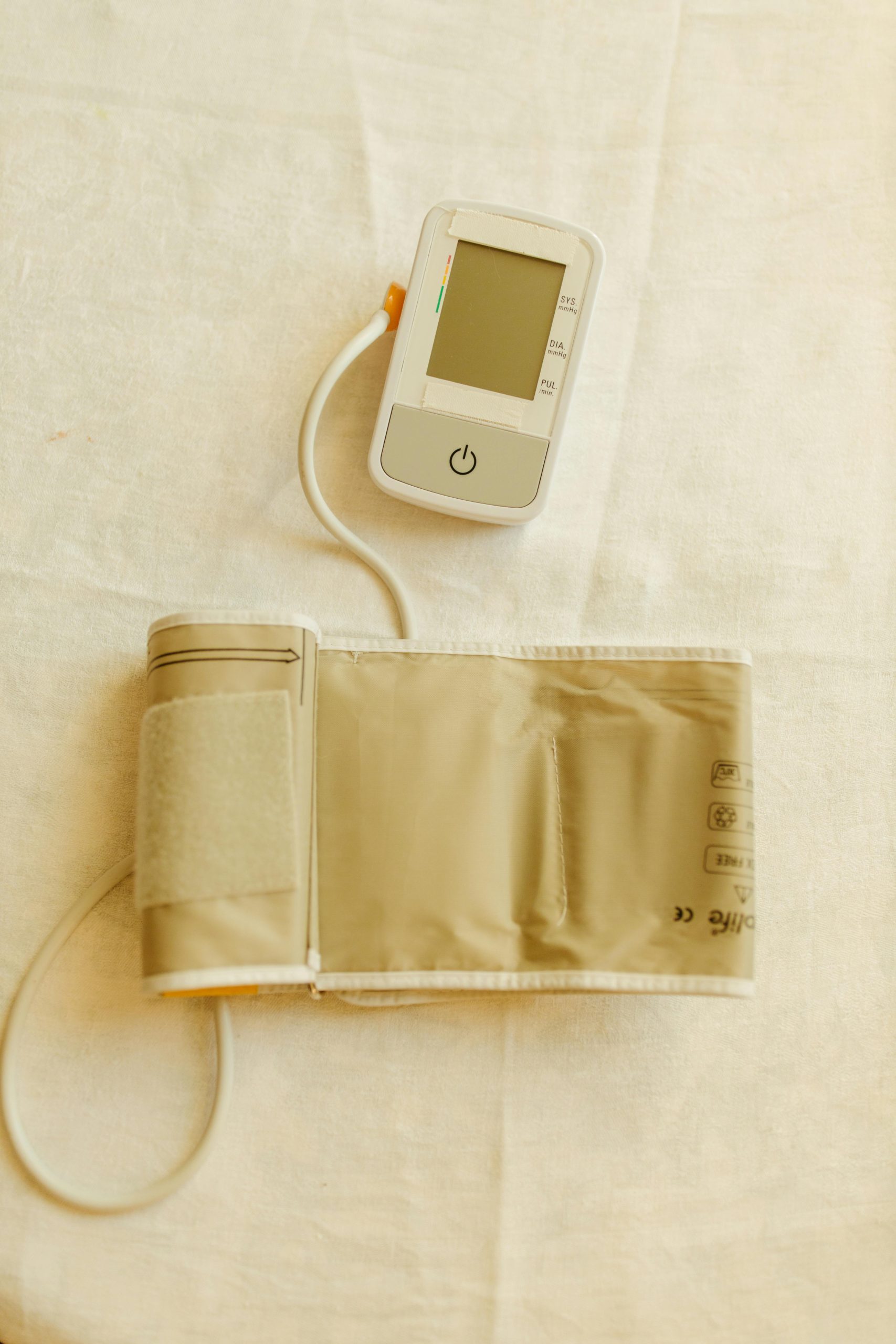Agriculture has always been the backbone of human civilization, but today, it faces unprecedented challenges. With a growing global population and climate change threatening food security, farmers and agronomists are turning to advanced technologies to optimize crop production. Among these innovations, satellite technology has emerged as a game-changer, revolutionizing how we monitor crops and improve yields. By leveraging high-resolution imagery, real-time data, and predictive analytics, satellites provide farmers with actionable insights to make informed decisions—ultimately leading to more sustainable and productive farming practices.
The Role of Satellite Imagery in Precision Agriculture
Satellite technology has transformed precision agriculture by enabling farmers to monitor vast fields with unprecedented accuracy. High-resolution satellite images capture detailed information about crop health, soil conditions, and moisture levels. These images are processed using advanced algorithms to generate vegetation indices, such as the Normalized Difference Vegetation Index (NDVI), which highlight areas of stress or disease before they become visible to the naked eye.
With this data, farmers can implement targeted interventions, such as adjusting irrigation schedules or applying fertilizers only where needed. This not only reduces waste but also minimizes environmental impact. Additionally, satellite imagery helps track crop growth stages, allowing farmers to predict harvest times and optimize logistics for maximum efficiency.
Real-Time Monitoring for Early Problem Detection
One of the most significant advantages of satellite technology is its ability to provide real-time or near-real-time data. Unlike traditional ground-based monitoring, which can be time-consuming and labor-intensive, satellites offer frequent updates—sometimes multiple times a day—depending on the satellite’s orbit.
This continuous monitoring allows farmers to detect issues like pest infestations, waterlogging, or nutrient deficiencies early, preventing widespread crop damage. For example, thermal imaging from satellites can identify areas of a field experiencing drought stress, enabling farmers to prioritize irrigation efforts. Similarly, multispectral imaging can reveal fungal infections before they spread, saving entire harvests from potential devastation.
Improving Yield Predictions with Data Analytics
Beyond monitoring, satellite data plays a crucial role in yield prediction. By analyzing historical and current satellite imagery alongside weather patterns and soil data, machine learning models can forecast crop yields with remarkable accuracy. These predictions help farmers, agribusinesses, and policymakers make informed decisions about resource allocation, pricing, and food supply chain management.
For instance, governments and organizations can use yield forecasts to anticipate food shortages and take preventive measures. Farmers, on the other hand, can adjust their planting strategies based on predicted yields, ensuring they meet market demands while maximizing profitability.
Enhancing Sustainability in Farming Practices
Sustainability is a pressing concern in modern agriculture, and satellite technology is helping farmers adopt eco-friendly practices. By providing precise data on soil health and water usage, satellites enable farmers to minimize over-irrigation and reduce chemical inputs, lowering their carbon footprint.
Moreover, satellite monitoring supports regenerative agriculture by tracking cover crop growth, erosion patterns, and carbon sequestration efforts. This data-driven approach ensures that farming practices not only boost productivity but also contribute to long-term environmental conservation.
Challenges and Future Prospects
While satellite technology offers immense benefits, challenges remain. High costs, data accessibility, and the need for technical expertise can be barriers for small-scale farmers. However, as satellite technology becomes more affordable and user-friendly platforms emerge, these obstacles are gradually diminishing.
Looking ahead, advancements in artificial intelligence and the launch of next-generation satellites promise even greater precision and efficiency. Innovations like hyperspectral imaging and drone-satellite integration will further refine crop monitoring, paving the way for a smarter, more resilient agricultural future.
Satellite technology is undeniably revolutionizing agriculture, empowering farmers with the tools they need to enhance crop monitoring and boost yields sustainably. From precision farming to real-time problem detection and yield forecasting, the applications are vast and transformative. As the technology continues to evolve, its role in ensuring global food security and promoting sustainable farming will only grow more critical. By embracing these innovations, the agricultural sector can rise to meet the challenges of the 21st century and beyond.
